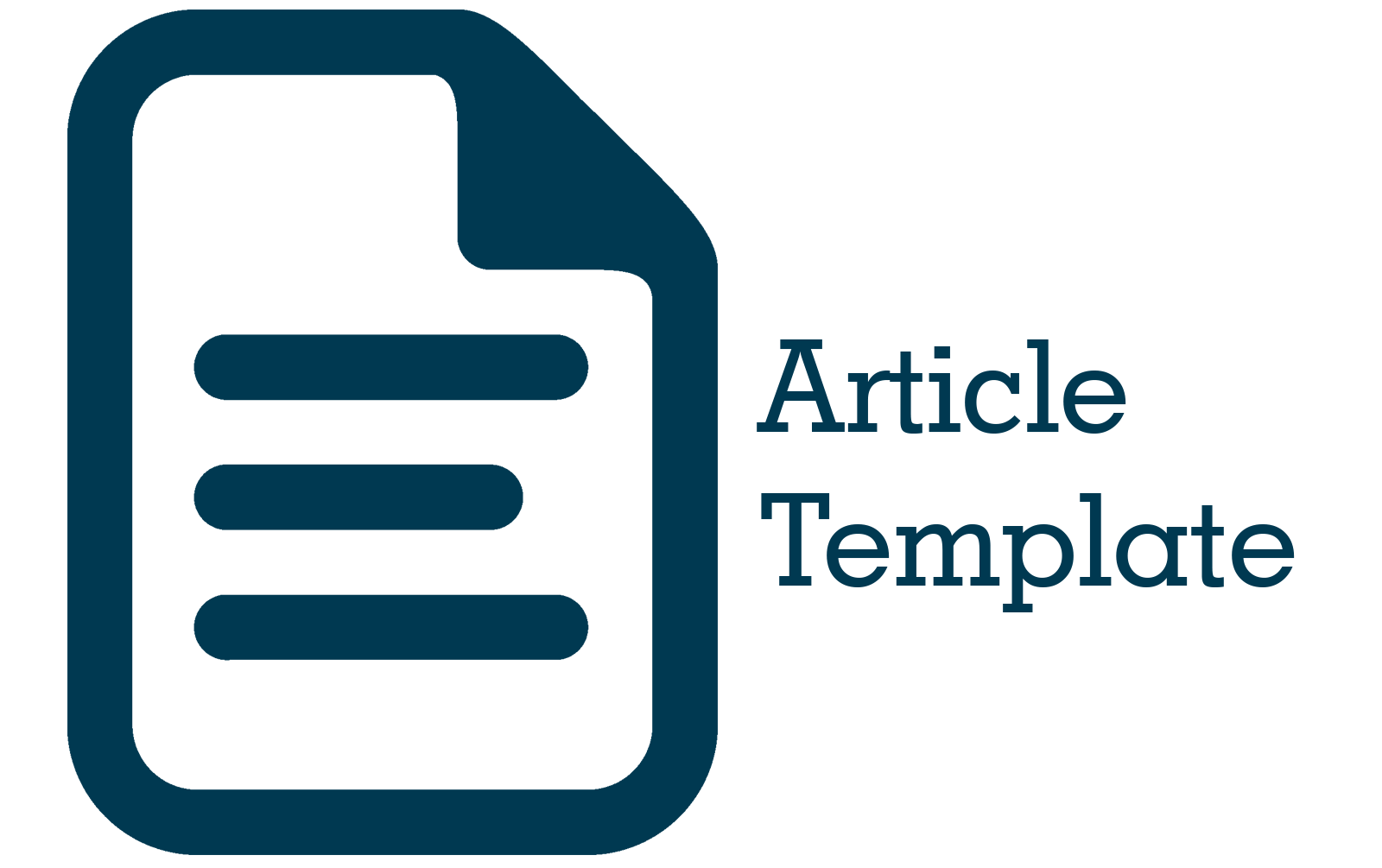Pengaruh Occupational Stress terhadap Work Engagement pada Karyawan Generasi Millnennial PT. X
Abstract
Abstract. This study aims to analyze the influence of occupational stress on work engagement in millennial generation employees. Occupational stress is defined as pressure that arises because job demands exceed employee abilities, with five main dimensions: responsibility pressure, quality concern, interpersonal conflict, role conflict, and work load. Work engagement is defined as a positive condition of employee attitudes and behavior in carrying out their work, with three main dimensions, namely: vigor, dedication, and absorption. Millennials are the main focus because of their unique characteristics, such as a tendency towards work flexibility, dependence on technology, and high expectations of work-life balance that make them vulnerable to stress. The method used in this research is a quantitative method with a non-experimental causality design involving 316 employees with staff positions at PT X, specifically in the TV and Video division. Data were obtained through a questionnaire using The Occupational Stress Scale measuring instrument for occupational stress, and a measuring instrument developed by Widarnandana (2019), based on the theory formulated by Schaufeli & Bakker (2004) for work engagement. Data were analyzed using simple regression techniques through the SPSS program. The findings of this study indicate that there is no significant influence between occupational stress and work engagement. The results of hypothesis testing show a calculated t value of 0.078 with a p value of 0.938.
Abstract. Penelitian ini bertujuan untuk menganalisis pengaruh occupational stress terhadap work engagement pada karyawan generasi millennial. Occupational stress didefinisikan sebagai tekanan yang muncul karena tuntutan pekerjaan melebihi kemampuan karyawan, dengan lima dimensi utama : responsibility pressure, quality concern, interpersonal conflict, role conflict, dan work load. Work engagement didefinisikan sebagai kondisi positif sikap dan perilaku karyawan dalam menjalankan pekerjaannya, dengan tiga dimensi utama yaitu: vigor, dedication, dan absorption. Generasi millennial menjadi fokus utama karena karakteristik unik mereka, seperti kecenderungan terhadap fleksibilitas kerja, ketergantungan pada teknologi, dan ekspektasi tinggi terhadap work life balance yang menjadikan mereka rentan mengalami stres. Metode yang digunakan dalam penelitian ini adalah metode kuantitatif dengan rancangan kausalitas non eksperimental yang melibatkan 316 karyawan dengan posisi staff di PT. X, khususnya di divisi TV dan Video. Data diperoleh melalui kuesioner menggunakan alat ukur The Occupational Stress Scale untuk occupational stress, dan alat ukur yang dikembangkan Widarnandana (2019), berdasarkan teori yang dirumuskan oleh Schaufeli & Bakker (2004) untuk work engagement. Data yang dianalisis menggunakan teknik regresi sederhana melalui program SPSS. Temuan dari penelitian ini menunjukkan bahwa tidak ada pengaruh signifikan antara occupational stress dan work engagement. Hasil pengujian hipotesis menunjukkan nilai t hitung sebesar 0,078 dengan p value sebesar 0,938.
References
[2] Bakker, A. B., & Leiter, M. P. (2010). Work Engagement: A Handbook of Essential Theory and Research. Psychology Press.
[3] Demerouti, E., & Bakker, A. B. (2011). The Job Demands-Resources Model: Challenges for Future Research. SA Journal of Industrial Psychology.
[4] Demerouti, E., Bakker, A. B., Nachreiner, F., & Schaufeli, W. B. (2001). The Job Demands-Resources Model of Burnout. Journal of Applied Psychology, 86(3), 499-512. https://doi.org/10.1037/0021-9010.86.3.499
[5] House, J. S. (1981). Work Stress and Social Support. Reading, MA: Addison-Wesley.
[6] House, J. S., & Kahn, R. L. (1980). Social support, occupational stress, and health. In A. McLean, G. Black, & M. Colligan (Eds.), Work Stress (pp. 85–115). National Institute for Occupational Safety and Health.
[7] House, J. S., & Wells, J. A. (1979). Occupational stress and health among factory workers. Journal of Health and Social Behavior, 20(2), 139–160. https://doi.org/10.2307/2136503
[8] Karasek, R. A. (1979). Job Demands, Job Decision Latitude, and Mental Strain: Implications for Job Redesign. Administrative Science Quarterly, 24(2), 285-308. https://doi.org/10.2307/2392498
[9] Padula, R. S., Chiavegato, L. D., Cabral, C. M., Almeid, T., Ortiz, T., & Carregaro, R. L. (2012). Is occupational stress associated with work engagement? Work (Reading, Mass.), 41(Suppl 1), 2963–2965. https://doi.org/10.3233/WOR-2012-0547-2963
[10] Schaufeli, W. B., & Bakker, A. B. (2004). Job demands, job resources, and their relationship with burnout and engagement: A multi-sample study. Journal of Organizational Behavior, 25(3), 293–315. https://doi.org/10.1002/job.248
[11] Subiantoro, S. A., & Lataruva, E. (2022). Pengaruh Job Insecurity dan Job Stress Terhadap Work Engagement dengan Self-Efficacy sebagai Variabel Moderating (Studi pada Karyawan Tetap PT. Taman Wisata Candi Borobudur, Prambanan dan Ratu Boko (Persero) Yogyakarta). Diponegoro Journal of Management, 11(1), 1–14. https://ejournal3.undip.ac.id/index.php/djom/index
[12] Tuadingo, S. Q. (2021). Pengaruh Stres Kerja terhadap Kepuasan Kerja pada Karyawan di Masa Pandemi Covid-19(Doctoral dissertation, Universitas Muhammadiyah Malang).
[13] Widarnandana, I. G. D. (2020). Penyusunan Skala Work Engagement Pada Pegawai di Indonesia. Jurnal Psikologi Mandala, 3(1).
[14] Said, H., Yusuf, M., & Rahman, F. (2023). The impact of occupational stress on millennial employees' mental health and work engagement in the academic sector. International Journal of Business and Psychology, 5(2), 112-130. https://doi.org/10.1234/ijbp.v5i2.2023











